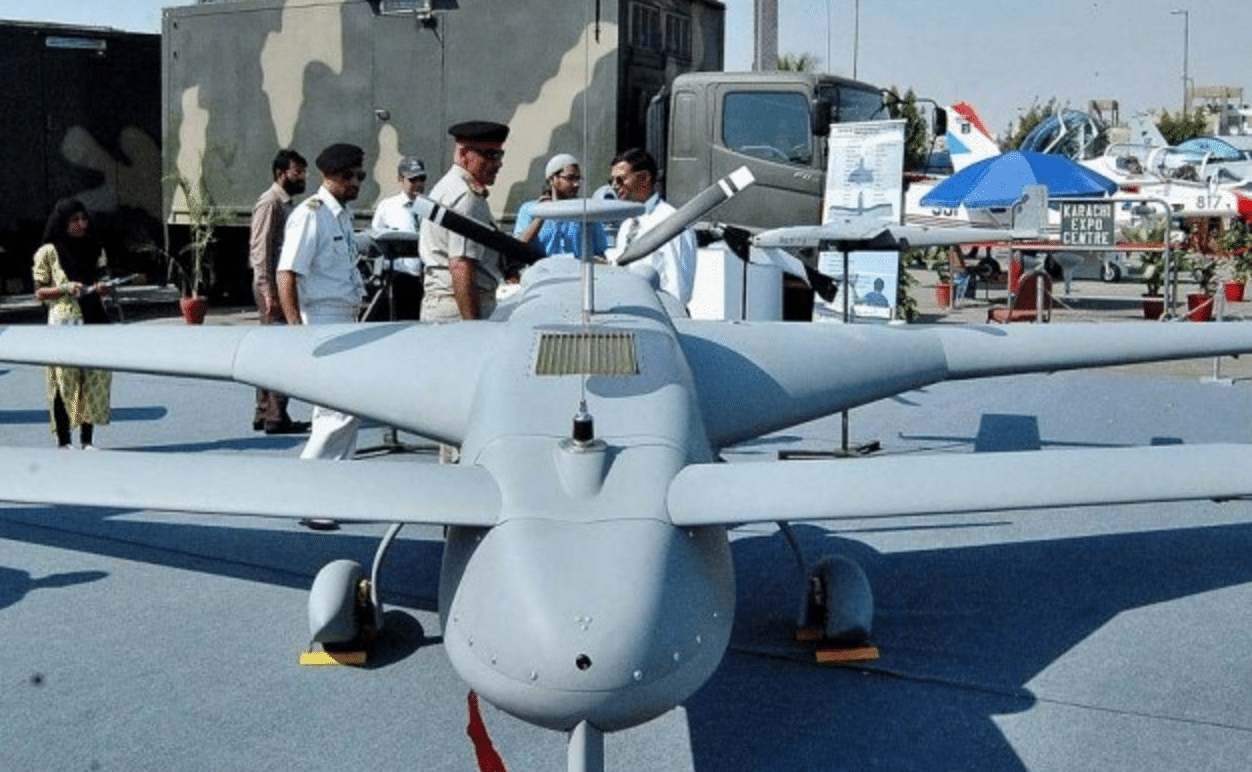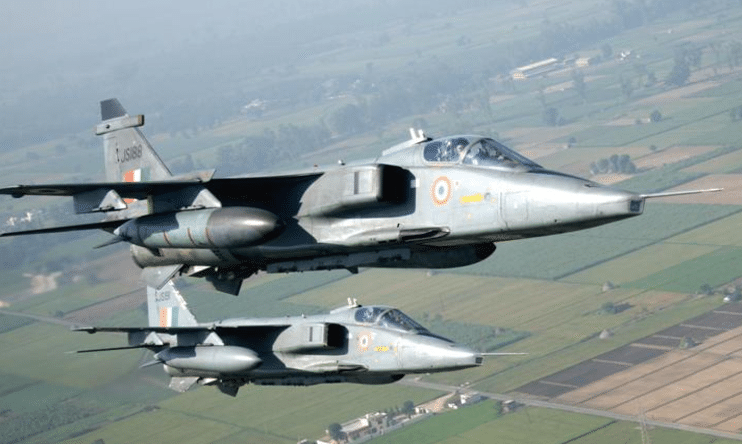2313Views 5Comments

Pakistan’s GIDS considers developing MALE UAV
Global Industrial & Defence Solutions (GIDS)’ director of sales and marketing, Asad Kamal, told IHS Jane’s that the company is working on upgrading its Shahpar unmanned aerial vehicle (UAV) and examining the notion of developing a new medium-altitude long-endurance (MALE) UAV.
As per Kamal, the upgraded GIDS Shahpur is being positioned to supplant Pakistan’s tactical intelligence, surveillance and reconnaissance (ISR) UAVs, namely the Leonardo Falco and EMT LUNA.
IHS Jane’s states that the Shahpur can carry 50 kg in ISR equipment, such as an electro-optical and infrared (EO/IR) pod. It has an endurance of seven hours and a line-of-sight radio data-link range of 250 km. The UAV “features a canard and swept-wing configuration with a pusher propeller, a belly-mounted gimballed payload, and a tricycle undercarriage.”
Kamal added that GIDS is examining the prospect of developing a MALE UAV. GIDS is currently waiting for information from the armed forces before placing the program in motion, but the company is intent on elevating Pakistan’s competency in UAV development and manufacturing.
Although Pakistan operates several tactical UAV systems, such as the National Engineering and Scientific Commission (NESCOM) Burraq armed drone, MALE UAV platforms such as the China Aerospace Science and Technology Corporation (CASC) CH-5 would be a logical next step. In fact, the Pakistani military was examining the Chengdu Aircraft Industry Group (CAIG) Wing Loong in June 2016.
Notes & Comments:
The development of a MALE UAV would be a significant step. Although MALE UAVs vary in capability, with designs ranging from the tactically-focused CH-4 to the 60-hour capable of CH-5, indigenous development could require at least a decade. For example, the Turkish Aerospace Industries (TAI) Anka was initiated in 2004, with its maiden flight in 2010, and service entry as recently as 2016.
Second, GIDS would require an anchor in launch orders – and investment – from the Pakistani military to make an indigenous MALE UAV sustainable. If the Pakistani military requires MALE UAVs in the near-term, it will likely procure an off-the-shelf system.
However, as not all MALE UAVs are the same, especially in terms of endurance and payload, the armed forces could define separate requirements. Where the Army, Navy and/or Air Force could defer to CASC for a long-haul option (e.g. CH-5), the armed forces could task GIDS to develop a smaller attack UAV (akin to the CH-4 or Anka). Development overhead can also be distributed if GIDS collaborates with Pakistan Aeronautical Complex (PAC), Integrated Dynamics and/or a foreign company, such as TAI or Denel Group.



5 Comments
by Muhammad Arbab Aleem
Good job pakistan
by Rehan
We use drone equipped with thermal imagery for boarder monitoring, and then we can neutralize any intrusion with 155 mm howitzer. Specially on Pak Afghan boarder very effectively. But we have to monitor boarder 24/7.
by Sami Shahid
Pakistan should buy Chinese CH-4 or CH-5 drone and later on should start manufacturing it locally as we already have a lot of surveillance drones. Burraq drone is nice but it can carry just 2 missiles while need a drone which carry 4 missiles so CH-4 and CH-5 are good options.
by Superior Shakeel
we dont have any 155mm howitzer yet.
besides it doesnt work that how will we instantly transfer artillery battery near to the spot of infiltration or do you suggest we place artillery on entire 8000 KM long border???
the best way is use armed drones both for surveillance and targeting and border wall and cameras ie if we are serious about monitoring afghan border.
by Bilal Khan
Pakistan has M109A5, M114 and Panter 155mm howitzers.